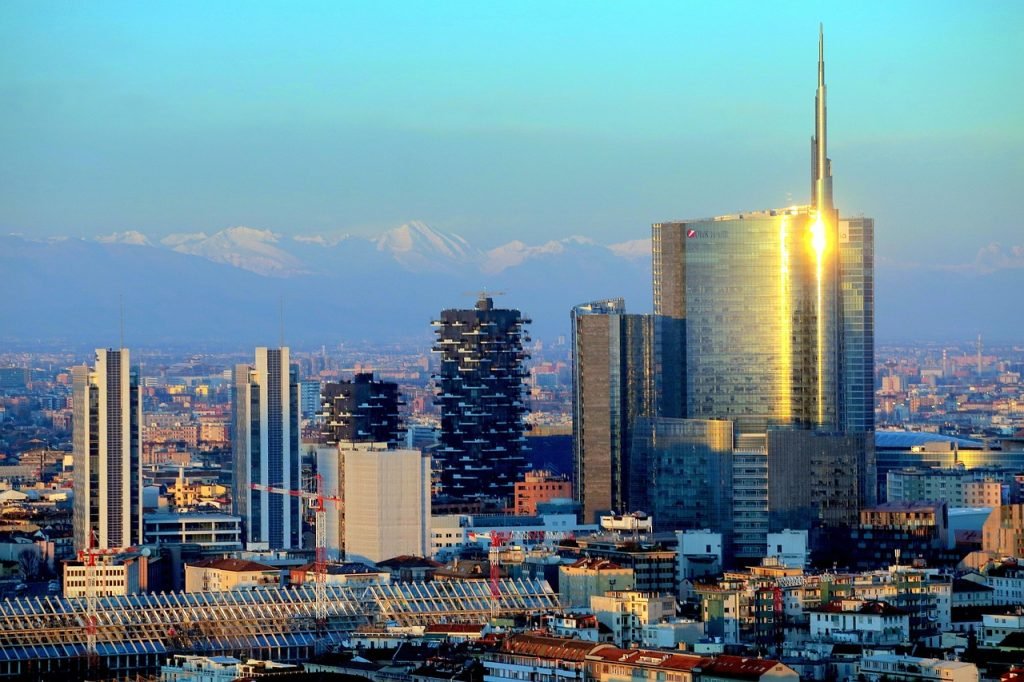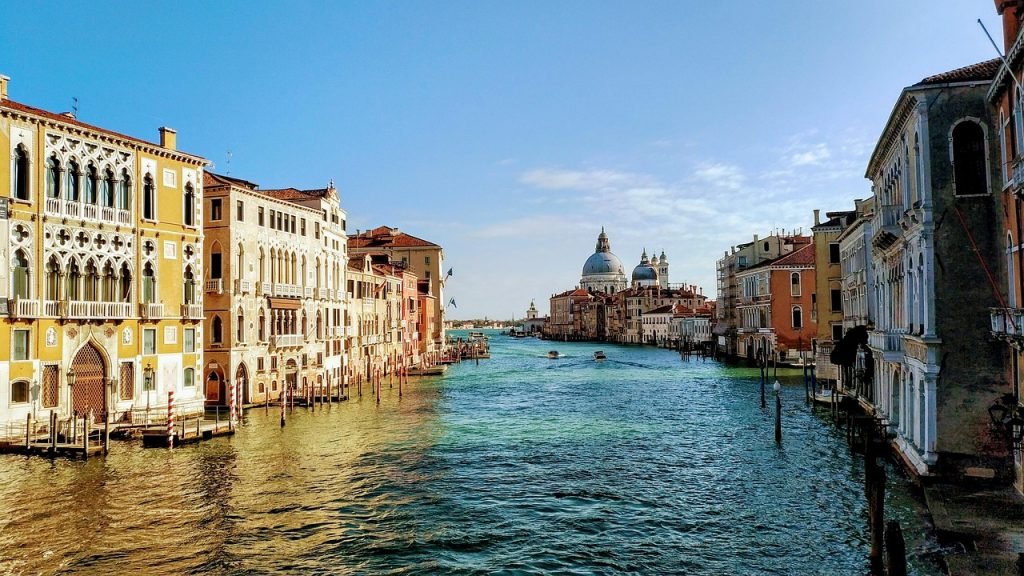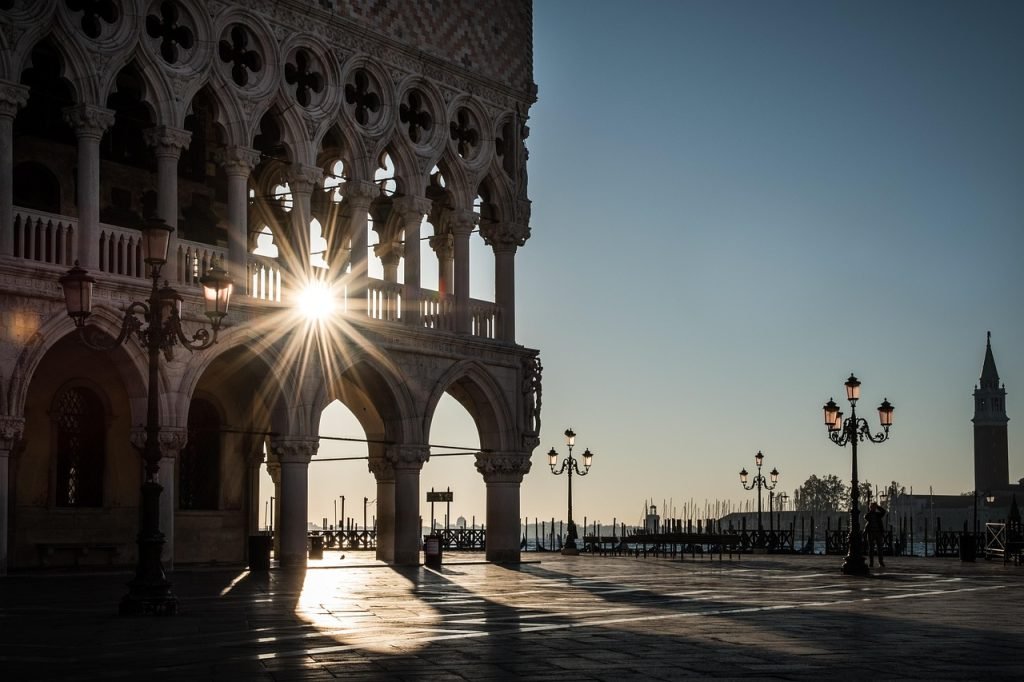Allora, let me be brutally honest with you. As an Italian who’s lived in this beautiful peninsula my entire life, I can tell you that Milan is NOT my favorite city. Give me the romantic canals of Venice, the Renaissance magic of Florence, the ancient soul of Rome, or even the raw beauty of Naples any day. But here’s the thing – and this might surprise you – Milan is absolutely unmissable if you want to understand modern Italy.
Think of it like Tokyo for Japan. If you only visit Tokyo, you haven’t really seen Japan. But if you go to Japan and skip Tokyo entirely? You’ve missed something essential, something that defines the country’s present and future. Milan is exactly that for Italy – our economic heart, our window to the world, our sometimes uncomfortable mirror reflecting who we’ve become in the 21st century.
So yes, you should visit Milan. But let me tell you exactly what you’re getting into, without the sugar-coating that tourism boards love to spread like Nutella on toast.
The Reality: It’s Going to Cost You (A Lot)
Let’s start with the elephant in the room – your wallet is going to feel lighter. Much lighter. Milan doesn’t just dip into your budget, it performs surgery on it with a designer scalpel.
The Duomo experience will set you back €26 for the full terraces access. Yes, it’s spectacular – those Gothic spires reaching toward heaven, the view of the Alps on clear days, the intricate stonework that took centuries to complete. But €26 for what amounts to a 30-minute experience? You could eat well for three days in Palermo with that money.
La Scala Museum costs €12, but the opera experience it’s another story. The irony? Most Milanesi can’t afford La Scala tickets either – it’s become a playground for international wealth and corporate entertainment.
The Food Scene: All of Italy on Your Plate (For a Price)
Here’s where I’ll give Milan genuine credit – the restaurant scene is absolutely incredible. Not because of traditional Milanese cuisine (let’s be honest, risotto alla milanese and cotoletta are fine, but they’re not going to change your life), but because Milan has become Italy’s food laboratory.
You want the best Sicilian seafood without flying to Palermo? Milan has it. Craving authentic Neapolitan pizza that rivals the motherland? You’ll find it here. The most creative interpretation of Tuscan bistecca? Probably happening in some Brera restaurant as we speak.
But prepare yourself: a dinner that costs €15 in Bologna will easily run €35-50 in Milan. The same bottle of Chianti that’s €8 in a Florentine osteria becomes €25 here. It’s not because the food is necessarily better – it’s because you’re paying Milan prices, which operate by their own inflated logic.
My honest recommendation: Yes, splurge on one incredible dinner. Milan’s restaurant scene represents the entire Italian peninsula compressed into one expensive, competitive market. You’ll taste innovations and combinations that don’t exist anywhere else in Italy.
The Chaos Factor: Embrace the Beautiful Mess
Milan is chaotic. The traffic is insane, the pace is relentless, and everyone seems to be rushing toward something incredibly important (spoiler: it’s usually just another meeting about meetings).
The city operates on pure adrenaline and caffeine. People walk fast, talk fast, and make decisions fast. Coming from smaller Italian cities, Milan can feel overwhelming – like someone injected espresso directly into the city’s veins.
But here’s what I’ve learned to appreciate: this chaos has purpose. Milan works. Somehow, despite the madness, it functions as Italy’s economic engine. The metros run efficiently, business gets done, international connections flow seamlessly. It’s Italian passion channeled through Swiss precision, and the result is uniquely fascinating.
Winter in Milan: Industrial Poetry (and Pollution)
If you visit Milan in winter, you need to understand what you’re signing up for. The pollution can be thick enough to taste – those beautiful Alpine views disappear behind a gray curtain of smog that makes you appreciate every other Italian city’s cleaner air.
But there’s something almost poetic about winter Milan. The fog rolling through the Navigli canals, the industrial architecture softened by mist, the way the Duomo emerges like a Gothic ghost through the haze – it’s not traditionally beautiful, but it’s undeniably atmospheric.
The locals adapt by retreating indoors to their incredible bars and restaurants, creating this intense, concentrated social energy that you won’t experience in summer. Winter Milan social life happens in layers – cozy aperitivo bars, intimate restaurants, underground clubs that feel like secret societies.
Fashion Capital Reality Check
Yes, Milan is the global fashion capital, but let’s be realistic about what that means for normal people. The Quadrilatero della Moda (Fashion Quarter) is essentially an outdoor museum of luxury goods that most humans – including most Italians – can only window shop.
But here’s what’s genuinely impressive: the sheer creativity and craftsmanship on display. Even if you can’t afford a €2,000 handbag, you’re witnessing centuries of Italian artisanal tradition evolved for the modern world. The attention to detail, the innovation in materials, the way fashion becomes art – it’s genuinely inspiring.
Practical tip: Visit during Fashion Week if you can handle even more crowds and higher prices. The energy is electric, and you’ll see fashion’s future being born on Milano’s streets.
Why You Actually Can’t Skip It
Despite my complaints – the prices, the chaos, the pollution – Milan represents something essential about contemporary Italy. This is where Italian tradition meets global business, where ancient craftsmanship serves modern luxury, where the entire country’s economic future gets decided.
Milan connects Italy to the world in ways no other Italian city does. The airport links you to everywhere, the business networks span continents, the cultural influences flow in from every direction. Understanding Milan helps you understand how Italy survived and thrived in the modern world.
It’s Italy’s laboratory – new ideas in food, fashion, design, and business get tested here before spreading throughout the country. Milan doesn’t preserve Italian culture; it evolves it.
The Essential Milan Experience (What Actually Matters)
Forget the tourist checklists. Here’s what you really need to experience:
The Duomo terraces (€26) – Yes, it’s expensive, but you need to see Milan from above to understand its sprawl and ambition.
One incredible dinner (€50-80) – Experience how Milan concentrates all of Italy’s culinary traditions into one competitive, creative market.
Aperitivo culture (€10-15) – This is where you’ll see real Milanese life, the daily ritual that maintains sanity in the chaos.
The Navigli at night – Free to walk, priceless for understanding Milan’s social soul and creative energy.
Brera district wandering – The closest thing Milan has to traditional Italian neighborhood charm, mixed with contemporary art and design.
The Bottom Line: Expensive, Exhausting, Essential
Will Milan charm you like Cinque Terre? Probably not. Will it move your soul like standing in the Sistine Chapel? Unlikely. Will it empty your wallet faster than any other Italian city? Absolutely.
But Milan will show you something no other Italian destination can: how tradition and modernity can coexist, how local culture can remain strong while embracing global influences, how a city can be thoroughly Italian while belonging to the entire world.
It’s like visiting a successful but slightly distant relative – you might not want to live with them, but you respect what they’ve accomplished, and you understand why they’re important to the family.
Budget reality: Plan for €100-150 per person per day if you want to experience Milan properly. Yes, it’s more than double what you’d spend in most Italian cities. Yes, it’s worth it for 2-3 days to understand this essential piece of the Italian puzzle.
Final honest advice: Visit Milan, experience its energy and ambition, eat incredibly well, appreciate its role in modern Italy – but don’t make it your only Italian destination. Balance it with smaller cities, coastal towns, mountain villages. Let Milan show you Italy’s present and future, but let other places show you its soul and history.
Milan isn’t the Italy you dreamed about, but it’s the Italy that exists today. And sometimes, reality is more fascinating than dreams.


